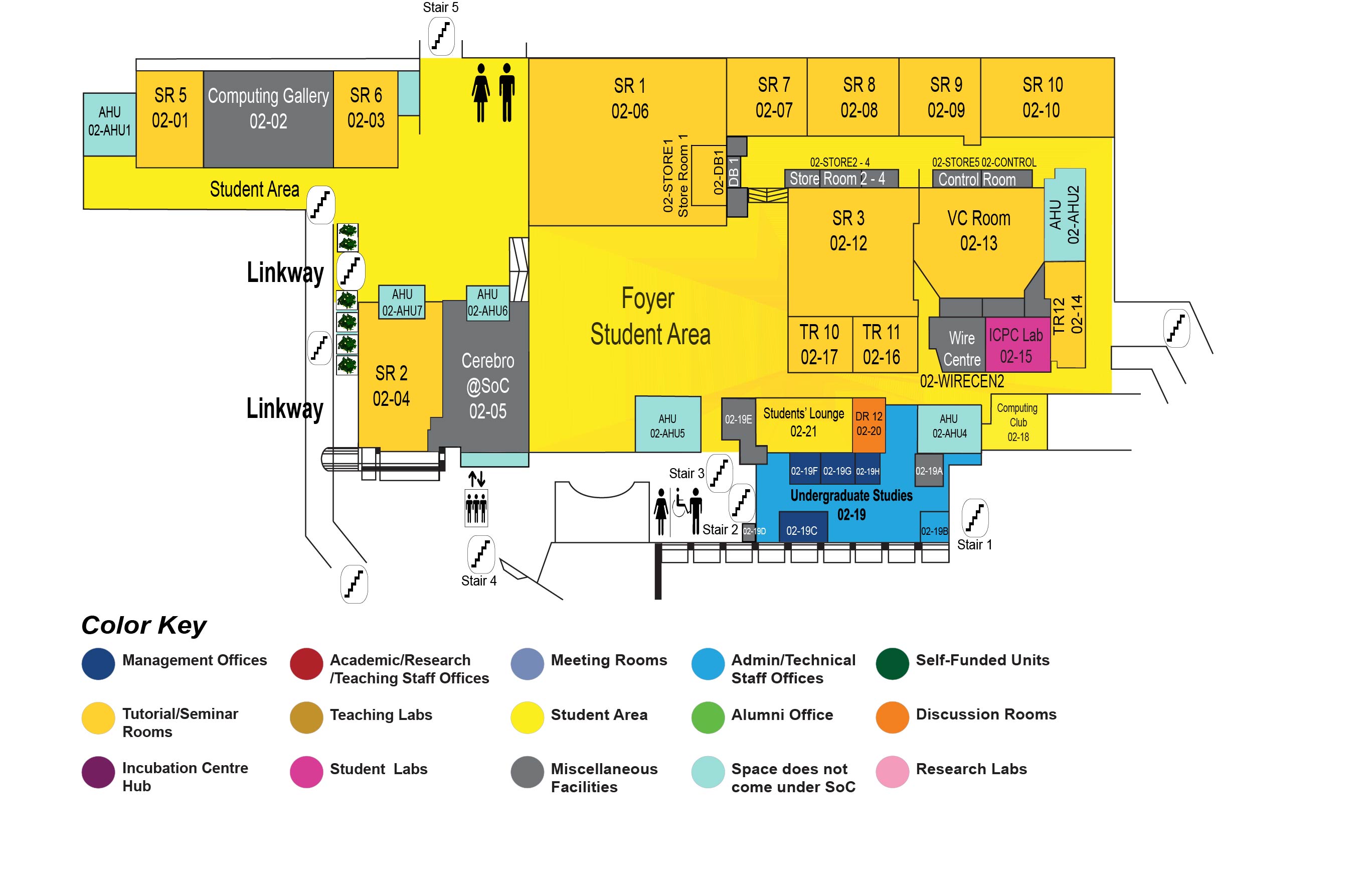Measuring the Complexity of Visual and Auditory Binary Sequences
Head of the Computer Science Program
New York University Abu Dhabi, in Abu Dhabi
The United Arab Emirates
COM1 Level 2
SR7, COM1-02-07

Abstract:
A mathematical measure of pattern complexity based on sub-symmetries possessed by the pattern, originally proposed by C. Alexander and S. Carey, and shown by them to correlate highly with empirically derived measures of cognitive complexity in the visual domain, is found to also correlate significantly with empirically derived complexity measures of perception and production of auditory temporal and musical rhythmic patterns. A sub-symmetry in a sequence is a subset of contiguous (connected) elements of the sequence that exhibits mirror symmetry. Not only does the sub-symmetry measure correlate highly with the difficulty of reproducing the rhythms by tapping after listening to them, but the empirical measures exhibit similar behaviour, for both the visual and auditory patterns, as a function of the relative number of sub-symmetries present in the patterns. This simple measure is compared to the measures of complexity, homogeneity, order, and symmetry proposed subsequently by F. Papentin & M. Kruger to approximate upper bounds on the Kolmogorov complexity in a computationally feasible manner. To motivate and put this work in context, a short partial review of the plethora of complexity measures used in computer science, psychology, linguistics, and music technology, along with their shortcomings, will precede the presentation of the new results.
See here for some relevant literature:
http://www.perceptionweb.com/abstract.cgi?id=p7614
http://www.aawmjournal.com/articles/2013b/index.htm
Biodata:
Godfried Toussaint is a Professor and the Head of the Computer Science Program at New York University Abu Dhabi, in Abu Dhabi, The United Arab Emirates. He is also an affiliate researcher in the Computer Science and Artificial Intelligence Laboratory at the Massachusetts Institute of Technology in Cambridge, MA, USA. For many years he taught and did research in the School of Computer Science at McGill University in Montreal, in the areas of information theory, pattern recognition, textile-pattern analysis and design, computational geometry, machine learning, music information retrieval, and computational music theory. In 2005 he became a researcher in the Centre for Interdisciplinary Research in Music Media and Technology, in the Schulich School of Music at McGill University. He is a founder and co-founder of several annual international conferences and workshops, including the ACM Symposium on Computational Geometry, and the Canadian Conference on Computational Geometry. He is an editor of several journals, including Computational Geometry: Theory and Applications, the International Journal of Computational Geometry and Applications, ISRN Geometry, and the Journal of Mathematics and the Arts. He received several distinguished awards including a Killam Fellowship from the Canada Council for the Arts, and in 2009 a Radcliffe Fellowship from Harvard University, where he spent one year at the Radcliffe Institute for Advanced Study, and one year in the Music Department. His research on the phylogenetic analysis of musical rhythms has been reported in several media, and was the focus of two Canadian television programs.

